Highly Pathogenic Avian Influenza (HPIA) and the risk to New Zealand
Published on 10 February 2023.
Mary van Andel, Chief Veterinary Officer at the Ministry for Primary Industries (MPI) has provided the following statement on Highly Pathogenic Avian Influenza (HPAI).
New Zealand has never had a detected case of Highly Pathogenic Avian Influenza (HPAI). The risk of an HPAI virus such as H5N1 arriving here is low as New Zealand is isolated from other land masses, is not on the flyways for any migratory waterfowl, and we have strong border biosecurity.
Biosecurity New Zealand has monitoring and surveillance systems in place to ensure early detection if any HPAI virus were to arrive and we maintain close international relationships to monitor changes in avian influenza (AI) viruses around the world.
Avian influenza (AI) is a highly contagious viral disease that affects both domestic and wild birds. There are many strains and subtypes of avian influenza viruses with varying clinical sign and affecting different species with a wide range of severity. The most obvious sign of an HPAI outbreak is sudden death in several birds, especially in poultry where mortality is close to 100%.
Wild birds show variable clinical signs with swans having high mortality and mallard ducks showing very few, if any, symptoms.
Please report increased mortality in wild birds or farmed poultry to the Exotic Pest and Disease Hotline on 0800 80 99 66. In 2022, our teams investigated approximately 20 avian mortality events with all cases testing negative for HPAI.
Biosecurity New Zealand has a wildlife advisory group consisting of key wildlife veterinarians, ecologists and ornithologists from around New Zealand. This group supports our wildlife disease surveillance, contributes to our understanding bird ecology and migratory pathways, and will provide input into future surveillance initiatives.
The Poultry Industry Association of New Zealand (PIANZ) works with Biosecurity New Zealand and industry veterinarians on poultry health monitoring, disease reporting and surveillance requirements. Additional population level testing is done to meet our poultry export requirements.
Other surveillance processes include a targeted AI field surveillance programme undertaken annually in coordination with Fish & Game New Zealand. Over 1,000 ducks are sampled and tested at key locations close to migratory bird sites around the country. Our epidemiologists monitor wild birds admitted to wildlife hospitals around the country and, when relevant, perform testing for exotic diseases such as AI. This summer we have kicked off surveillance measures in partnership with wildlife rehabilitation centres.
Biosecurity New Zealand works closely with Te Papa Atawhai the Department of Conservation on any suspected exotic diseases in wild bird populations in Aotearoa. We are also in close contact with our colleagues at the Ministry of Health, due to the rare risk of human HPAI infection in those who work closely with infected birds or in environments heavily contaminated with infected bird matter.
If any HPAI was detected in animals, Biosecurity New Zealand is the lead agency and will coordinate the response. We have supported our international colleagues during outbreaks overseas and maintain close relationships.
